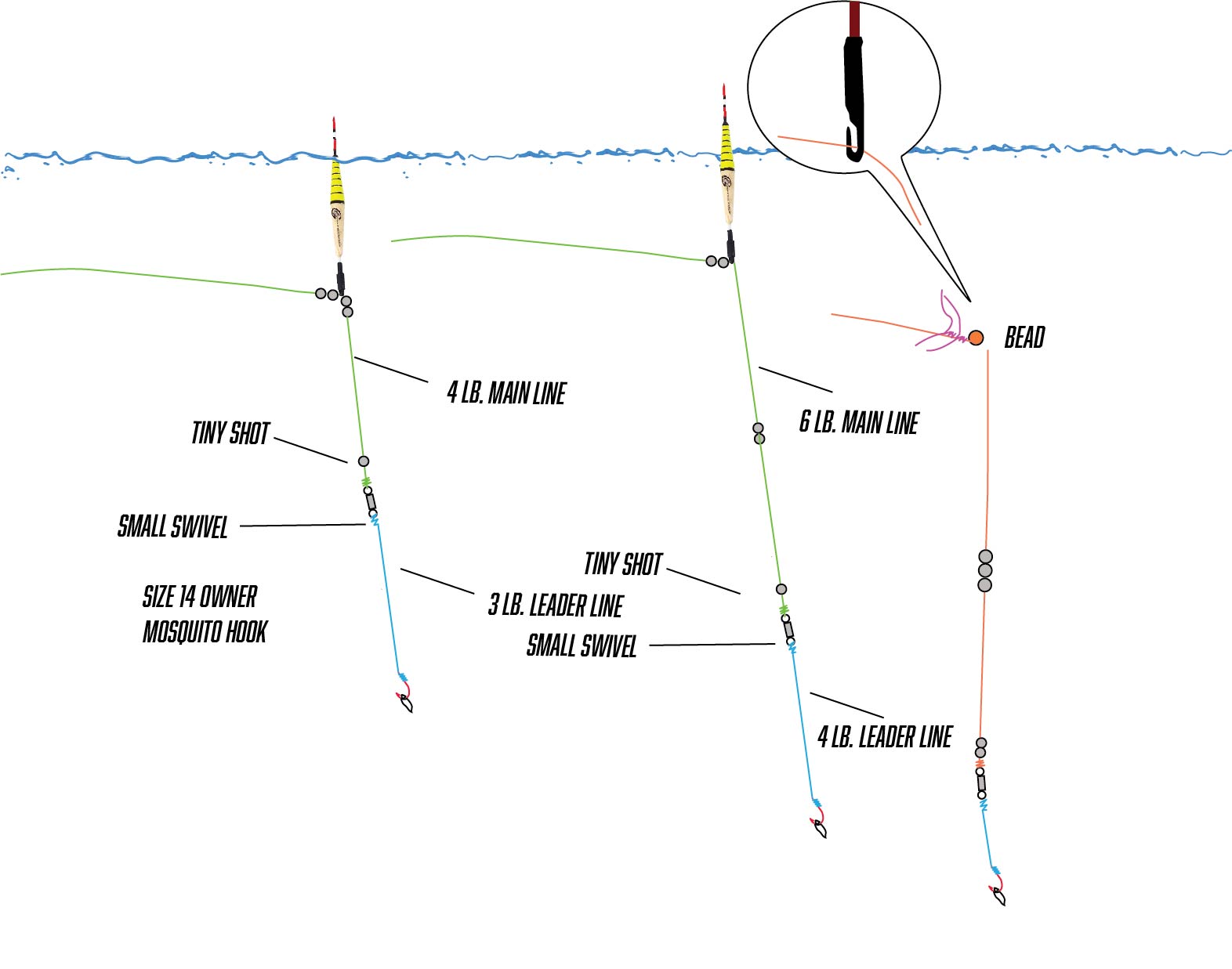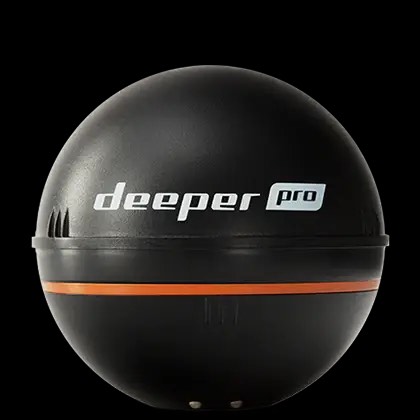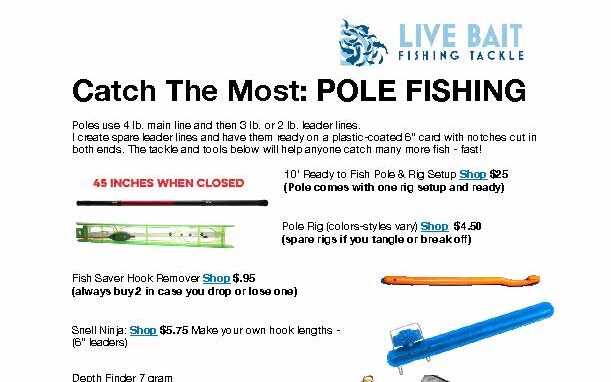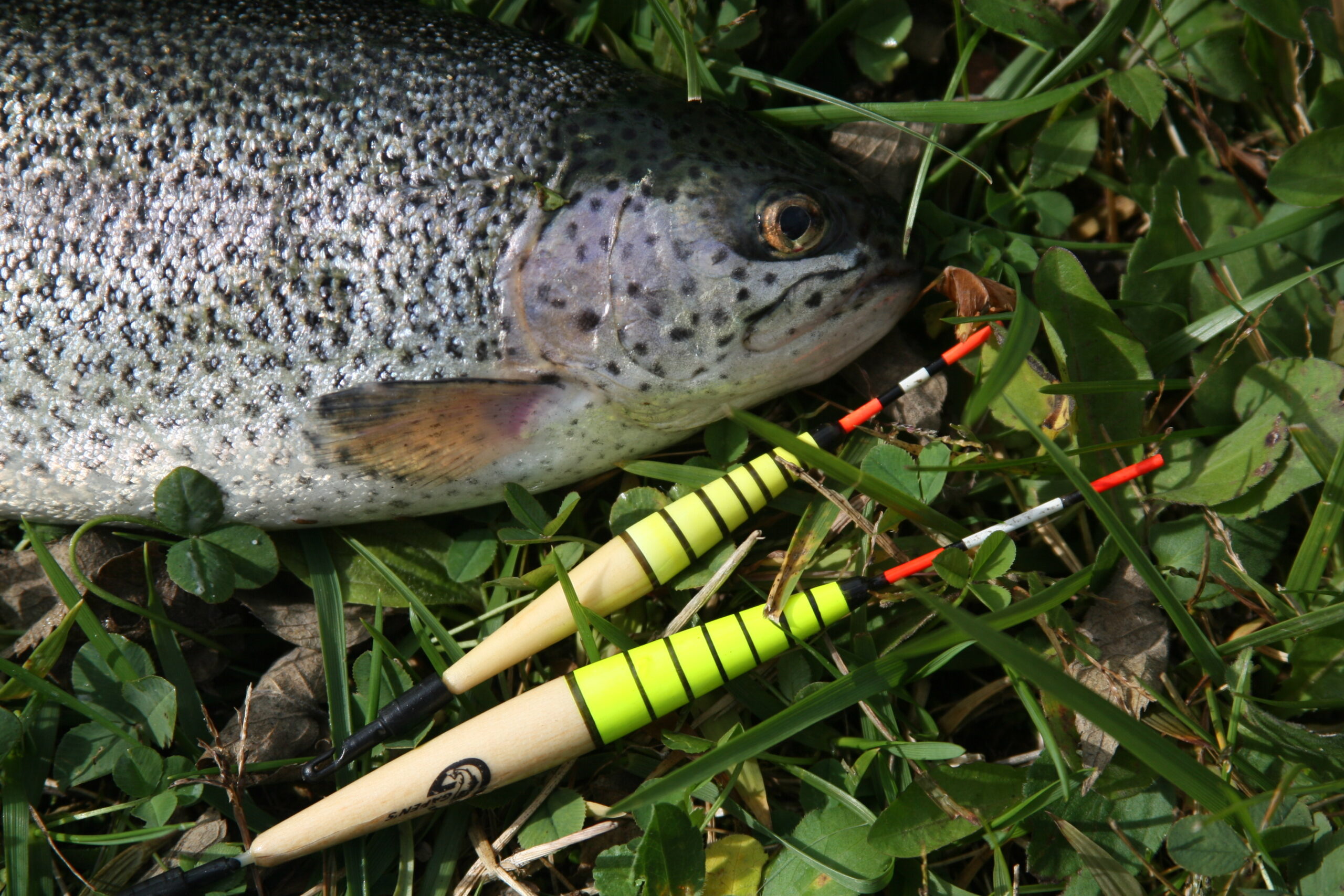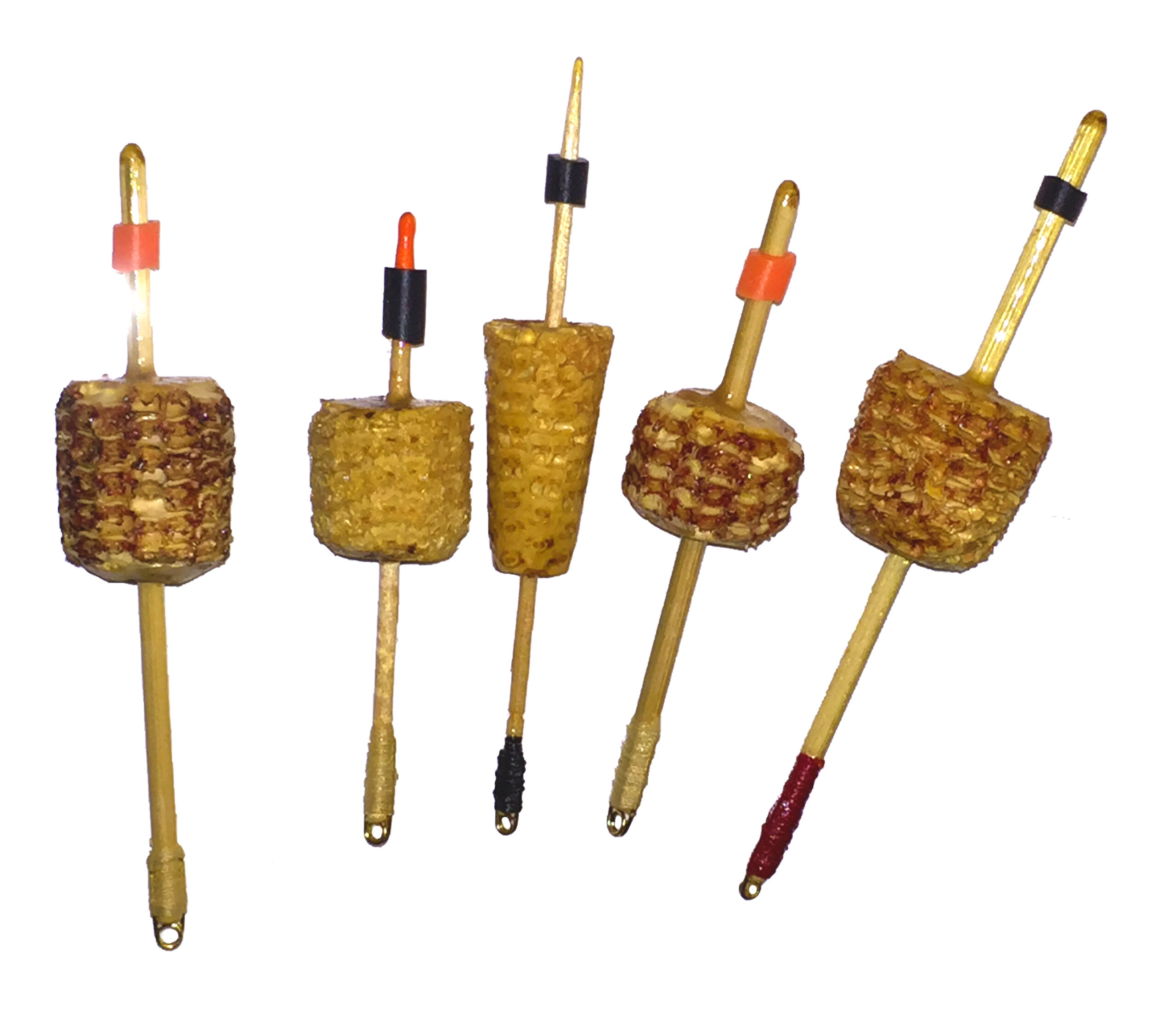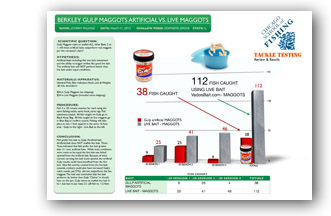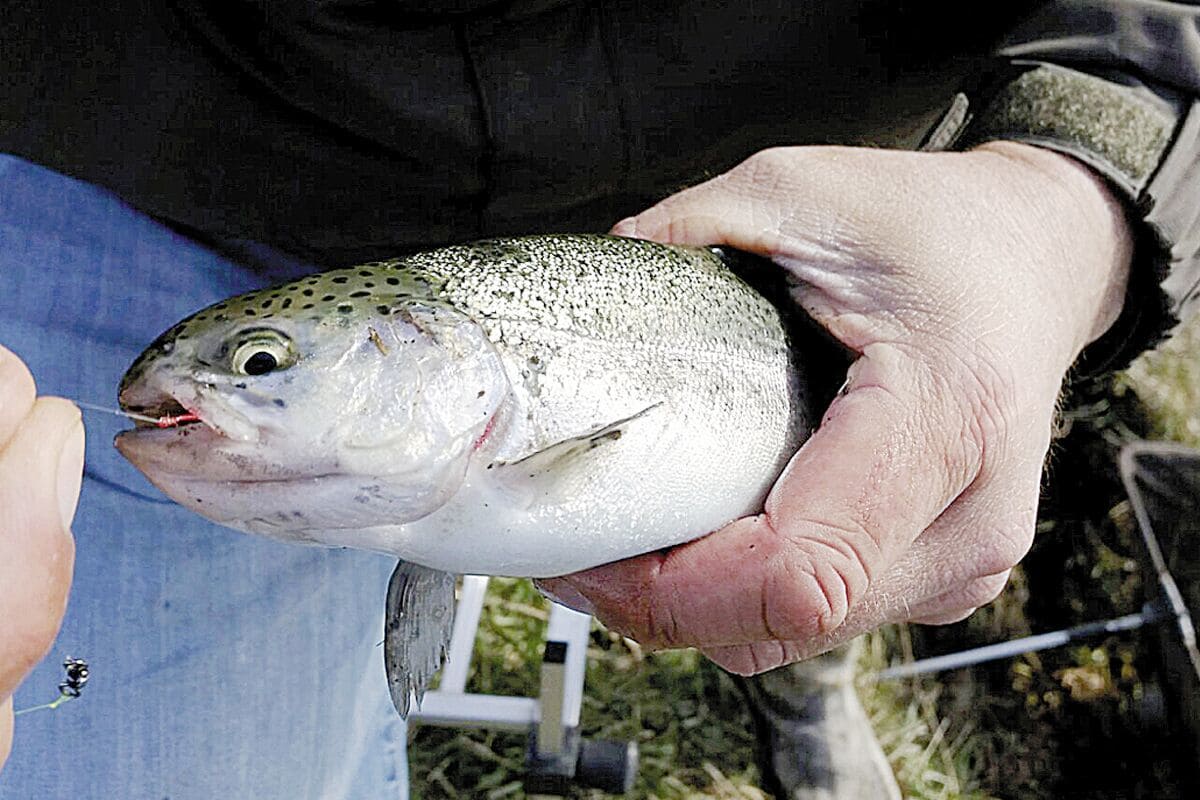Sad Elf Fishing Tackle Sale
 Take advantage of year-end savings in our Sad Elf Fishing Tackle sale and hook savings from 20 – 50% off floats, accessories and select videos while supplies last. Stock up your tackle box with discounted tackle and order enough to share with a friend!
Take advantage of year-end savings in our Sad Elf Fishing Tackle sale and hook savings from 20 – 50% off floats, accessories and select videos while supplies last. Stock up your tackle box with discounted tackle and order enough to share with a friend!
Wagglers, casting floats, are great to have in different weights and sizes. Your tackle box should contain some small, some medium and some large floats suited for different conditions.
Small floats are best for cold water, slow bite and tough fishing situations. Small floats are used with light or no wind. While the casts will be shorter, you will also detect bites much better with the small floats. In top competitions throughout the world, anglers will go to the most small float that doesn’t even cast. In the World Championships of Fishing, you wouldn’t even see fishing reels most years. A pole with fixed line and no fishing reel is the standard setup used the majority of the time by competitors. The reason is that controlling the bait with the pole and a small float offers ultimate bait presentation.
When conditions change and the wind picks up, or you need to cover more distance to present the bait, a medium-sized float will be needed. If you are shore angling or you need to reach fish further away, past a weed bed or drop-off, you may need more float carrying more weight to cast further. Another time you may need a medium-sized float is to present larger baits or to reach deeper water quickly. As you add swimming baits such as minnows or leeches, a slightly larger float will be needed to keep the bait from pulling the float under. Add less weight to leave slightly more float above the water – the swimming bait can be seen moving your float! This setup is perfect to see the lightest bite. If your float stops “swimming” up and down, you either have a fish holding on or it is time to change the bait.
Larger floats cast a long distance and hold the largest baits. Anglers should have these floats handy when fishing deep water, taking on heavy winds or fishing larger minnows and giant leeches. If the fishing is good, a large float can help you to drive the bait down to depths of active fish. When the going gets good, you can deliver casts quickly and you can drop baits to depths using the added weight. When you are in a school of active fish, a sensitive float will probably not be necessary and you can bring in the big guns.
When fishing floats, one must-have tackle accessory is the Quick Snap Float Connector. This device is inexpensive and it does a couple of jobs. One, it allows you to take your float off your rig in the middle of fishing. You can quickly swap out your float, go small or big quickly. This utility is a must have because a nice day can turn windy or a windy day can turn calm. Either way, you want to change floats to match the condition to catch more fish. Two, you can take your float off when traveling. Removing your float from the rod when packing is key. Good floats are soft wood or natural materials which easily dent and chip. The Quick Snap unclips and lets you store your float in a safe place like a tackle box or float tube.

